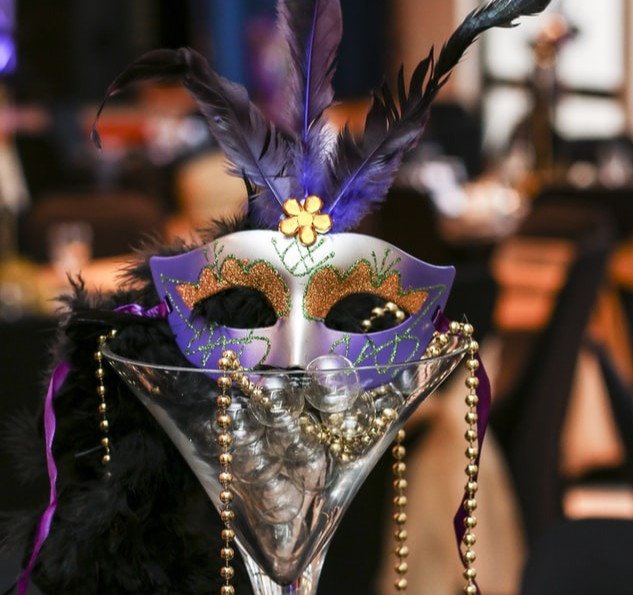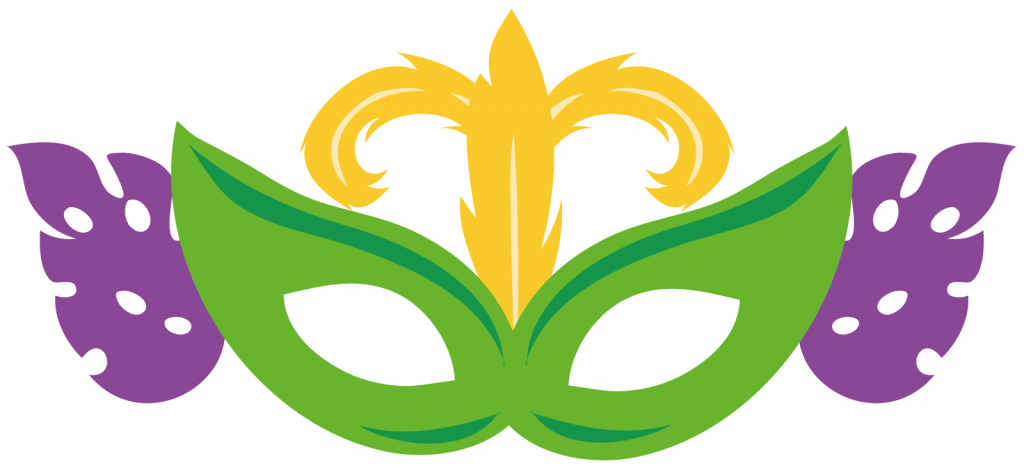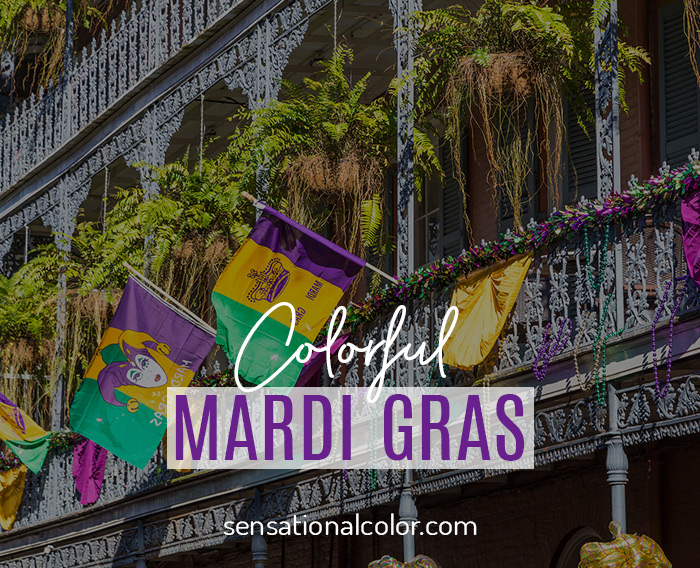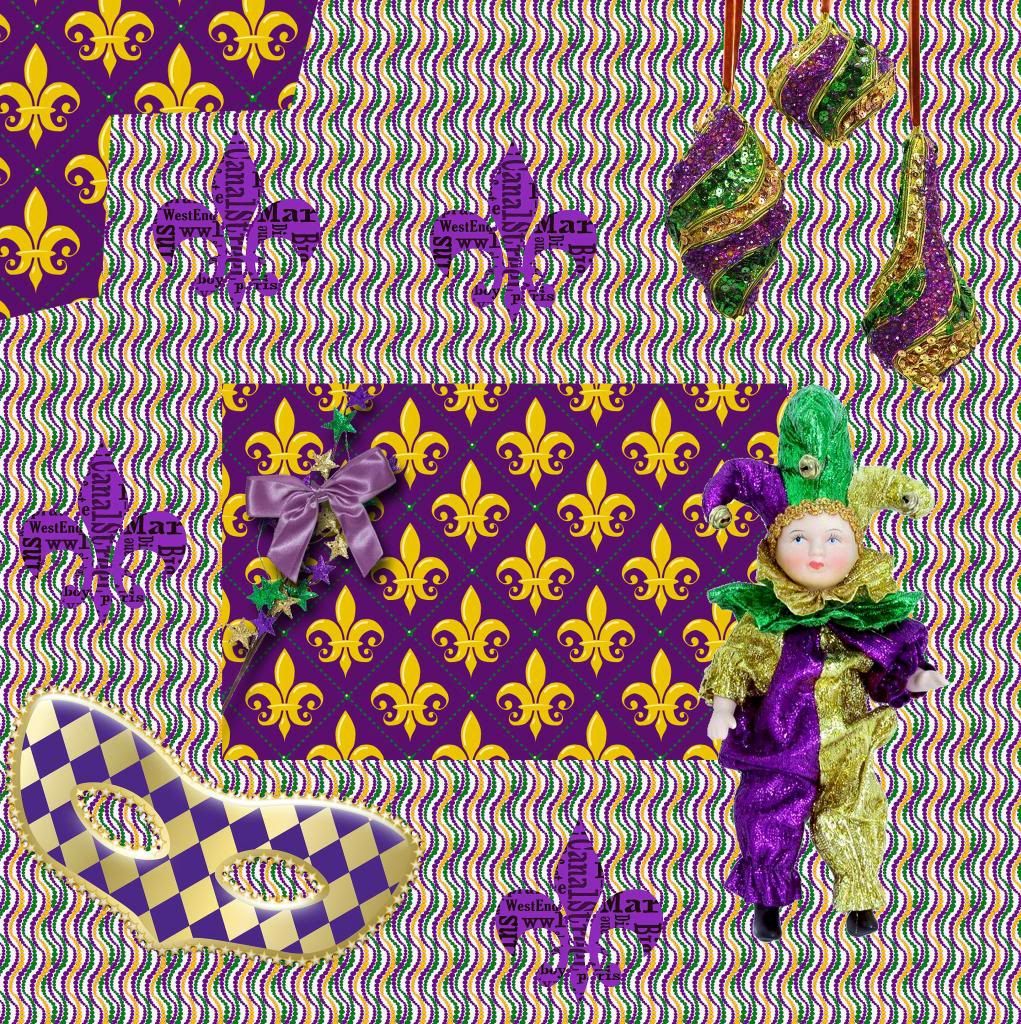Gallery
Photos from events, contest for the best costume, videos from master classes.
 |  |
 |  |
 |  |
 |  |
 |  |
 |  |
The Truth About the Purple, Green, and Gold of Mardi Gras. Apparently, most of New Orleans is wrong about the origin of Mardi Gras colors. Yes, they’re purple, green and gold. And in 1892, the Rex parade theme "Symbolism of Colors" gave meaning to these colors. Purple Represents Justice. Green Represents Faith. Gold Represents Power. Learn the origins and symbolism of the three colors that represent Mardi Gras, the carnival in New Orleans. Purple stands for justice, green for faith, and gold for power, according to heraldry. Learn why purple, green and gold are the traditional Mardi Gras colors and what they represent. Discover the origin story, the heraldry rules and the urban legend behind these vibrant hues. Learn how purple, green and gold became the official colors of Mardi Gras and what they represent. Discover how they are used in costumes, floats, throws, king cakes and more. Choosing purple, green and gold as the colors of Mardi Gras would mean their flag would contain three colors that were unlikely to be seen in other flags, making it more recognizable. The colors of Mardi Gras meaning. While the Mardi Gras colors were chosen in 1872, it wasn’t until 1892 that they were each assigned their meanings. While the colors of Mardi Gras hold deep symbolic meaning, it’s important to remember that the celebration is much more than just a visual spectacle. Mardi Gras is a rich tapestry of cultural traditions, music, dance, and community spirit. The colors have become so intertwined with Mardi Gras that their mere presence can evoke the spirit of the celebration, even in places far from New Orleans. Cultural Evolution and Global Influence. The impact of these Mardi Gras colors has spread well beyond their initial purpose, inspiring artists, designers, and cultural festivities globally. Gold, representing divine light, is often used in liturgical ceremonies. These Catholic associations added another layer of meaning to the Mardi Gras colors. The Values Represented by Mardi Gras Colors. The Mardi Gras colors, rich in history and cultural significance, represent a set of values that are central to the celebration. The colors have also taken on a deeper meaning, symbolizing the values and ideals that Mardi Gras represents. In New Orleans, the birthplace of Mardi Gras in the United States, the colors are an integral part of the city’s cultural heritage. Learn the history and symbolism behind the official colors of Mardi Gras in New Orleans. Purple stands for justice, green for faith, and gold for power, reflecting the spirit and values of the carnival. What do Traditional Mardi Gras Colors Mean? The traditional Mardi Gras colors are purple, green, and gold. Green represents faith, purple represents justice, and gold symbolizes power. This color scheme is thought to be borrowed from one of the oldest New Orleans krewes, or social clubs, Rex Krewe. The Mardi Gras Indians symbolize a unique connection between African and Indigenous heritage in the Crescent City. 2. Mardi Gras' Purple, Green, And Gold Colors Have Special Meaning. On Fat Tuesday, there are displays of purple, green, and gold in every direction you look. What's the story behind this trio of colors, though? Like most things Mardi Gras, the tradition has historic roots. The Mardi Gras colors of purple, green, and gold are more than decorations. They hold deep symbolic meanings that capture the celebration’s spirit. Walking through Carnival streets, these colors turn the scene into a living art. Each color in the Mardi Gras palette has its own meaning. Conclusion. The Mardi Gras colors of purple, green, and gold are an integral part of the celebration’s tradition and culture. They are used to represent the three virtues of faith, justice, and charity, and are often worn as a symbol of one’s devotion and commitment to their faith. During the Mardi Gras parade in 1872, the krewe of Rex assigned Mardi Gras its colors. Twenty years later in 1892, the Rex krewe threw a parade called “the Symbolism of Colors”. It was then that the Rex krewe gave the colors of Mardi Gras their own individual meanings, as they relate to Mardi Gras. Coming from Mardi Gras’ Catholic ties to Lent, I was thinking there is a mix of liturgical colors, royal insignia, and that sort of thing. Turns out, even the best historians are unsure. Mardi Gras beads are more than just plastic trinkets. Their colors hold symbolic meaning tied to the history and traditions of Carnival. Rare specialty beads are coveted treasures. Beads act as currency to spread festivity. Though cheap to produce, beads embody connection during Mardi Gras celebrations. While the traditional meanings of the colors of Mardi Gras are still widely recognized, modern interpretations of the colors have evolved to reflect the changing times and cultural landscape of the city. For many, the colors of Mardi Gras have taken on new meanings, reflecting the city’s diversity, creativity, and resilience. The Origins of Mardi Gras Colors. The history of Mardi Gras colors dates back to the 17th century, when the French and Spanish monarchies ruled over the Americas. During this time, the colors of the French and Spanish royal families became synonymous with the Mardi Gras celebrations. The French monarchy, in particular, played a significant role
Articles and news, personal stories, interviews with experts.
Photos from events, contest for the best costume, videos from master classes.
 |  |
 |  |
 |  |
 |  |
 |  |
 |  |